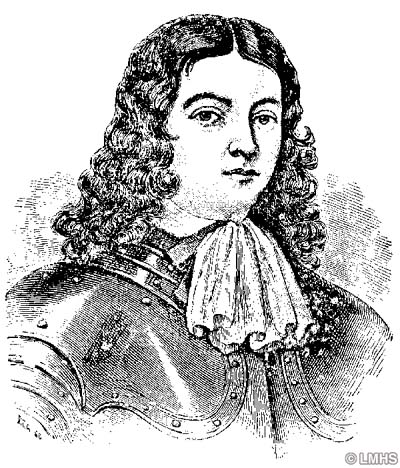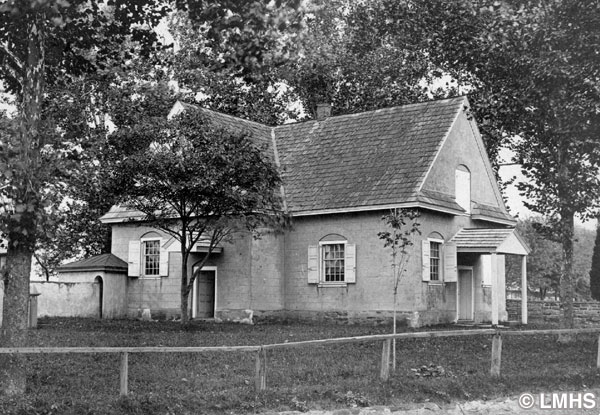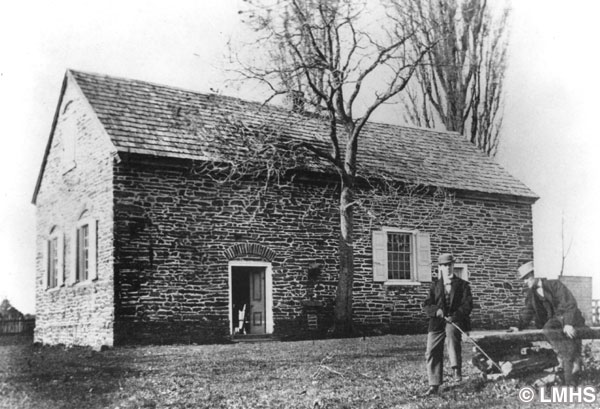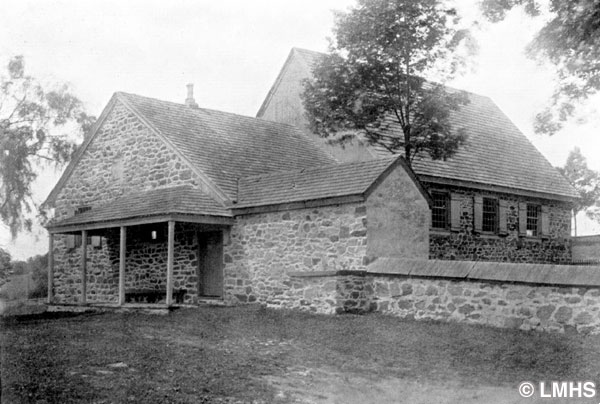The Welsh Tract

Did you ever hear a newcomer to our Township try to pronounce “Cynwyd” for the first time? Or “Pencoyd”? Or spell “Bryn Mawr” correctly? We’re dealing here with remnants of a very old language that came to rest in the New World with hardworking folk from Wales, descendants of the ancient Britons, the Cymric Celts. These Welsh members of the Society of Friends began to arrive on our ground in 1682 to escape harassment for being Quakers—confiscation of property, fines, sentences to jails of horrible reputation. Friends refused tithes, oaths and worldly courtesies and practiced a plain and direct form of meditative worship for which church and lay officials caused them no end of trouble.

Not long after the Great Charter was delivered to William Penn, a company of seventeen Quaker families in Merionethshire, North Wales, sent two representatives to buy 5000 acres in America for 100 pounds. Seven such companies from various parts of Wales accounted for 30,000 acres, plus individual purchases. Acreage would be “sett out as…appointed as neare as may be Land of equall goodness with the rest, or as shall out by Lott.”
But there was a flaw in the arrangements. A select group of those First Purchasers met with the Proprietor and were assured, on response to their request, that their land would be surveyed in contiguous acreage so that they might speak their own language and be governed (or at least judged) by persons they would elect, and thus form a “Barony.” Indeed, the Proprietor required of Thomas Holmes in 1684: “…to lay out ye sd tract of Land in as uniform a manner as conveniently may be, upon ye west side of Skoolkill river, running three miles upon ye same & two miles backward, & then extend ye parallel wth ye river six miles, and to run westwardly so far as this ye sd quantity of land be Compleately surveyed…Given at Pennsbury, ye 13th 1st mo. 1684.”
But there was nothing written to prove and bind the agreement. Part of the land purchased turned out to be in distant Goshen, even in New Castle and Kent counties (now Delaware). Furthermore, several tracts of land in Haverford, Radnor and Merion were assigned English purchasers and some Swedes, all within the hoped-for Barony.
Political animosities arose: Haverford and Radnor townships were declared to be in Chester County (now Delaware County); Merion Township remained in Philadelphia. Despite petitions and protests, hope of a Barony…a County Palatinate…was abandoned.
Three Welsh Quaker meetings remained in close association and built meetinghouses: Old Haverford Meeting on Eagle Road, Havertown; Radnor Meeting at Sproul and Conestoga Roads; and Merion Meeting at Meetinghouse Lane and Montgomery Avenue.



These three formed a “Monthly Meeting” to handle disputes, estates, legacies, applications to marry, care of hard luck cases, reprimands, acknowledge fulfillment of indentured servitude, or hear grievances of servants against their employers. These business meetings met on rotation among the three meetinghouses. As the amount of business increased, the Monthly Meeting created the “Preparative Meeting” to filter some of the items. Merion Meeting was, until the mid 20th century, called a Preparative Meeting, one that would prepare reports to present to the Monthly Meeting. Today, these three meetings are independent, but are loosely joined via Quarterly Meeting and the Philadelphia Yearly Meeting.
